Find out what’s giving fizzy drinks their sparkle
1. Total volume sales of fizzy drinks are up 3.3% vs 2019
2. Fruit carbonate sales grew by 12.5% year-on-year in the total market
3. 60% of UK adults are concerned about sugar, sweeteners and ingredients in fizzy drinks
4. Gut health drinks are hitting the market
5. Small cans could be a winner
6. Soft drink multipacks offer value in tough times
7. Deposit Return Schemes could stifle multipack sales
8. Sales of price-marked packs are growing in convenience
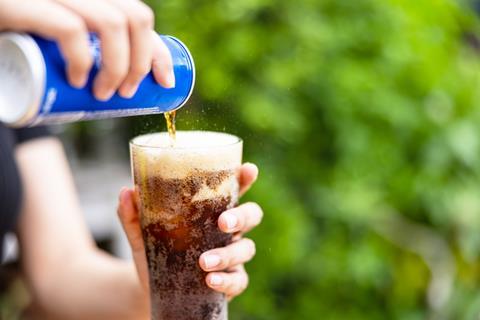
1. Total volume sales of fizzy drinks are up 3.3% vs 2019
The resilience of carbonated soft drinks has been highlighted by Mintel’s 2023 Carbonated Soft Drinks Market Report, which shows total volume sales are up 3.3% versus pre-pandemic figures. The company puts this down to the drinks’ affordability and their role as mood-boosting treats and alcohol replacements, as well as acknowledging the correlation between strong sales and a scorching hot summer.
Limited edition flavours have certainly helped to maintain interest in the category. Coca-Cola has been busy over the last year, launching limited editions under innovation platform Coca-Cola Creations.
The first in the Creations range was Intergalactic, launched last April, which was billed as a cola with a “brilliant reddish starlit hue, as well as a cooling sensation which evokes the feeling of a cold journey into space”.
Coca-Cola then followed this up with strawberry & watermelon Marshmello in July and “mystery” drink Dreamscape in September. “The Creations collaborations have been very popular and the Marshmello product did very well,” says Aman Uppal, owner of One Stop Mount Nod in Coventry.

2. Fruit carbonate sales grew by 12.5% year-on-year in the total market
A constant flurry of new flavours has also been driving the fruit carbonates market, which rocketed 12.5% YOY (Mintel). “Flavour innovation is crucial in keeping shoppers excited by soft drinks and at a time when the cost of living is rising, it’s important to offer new products from well-known brands to help maintain basket spend,” says Britvic retail commercial director Ben Parker. Britvic added limited-edition Tango Paradise Punch Sugar Free in January.
Coca Cola Europacific Partners (CCEP) has also been keeping consumers on their toes in flavoured carbonates with the fourth variant in its #WhattheFanta campaign, which vice president of commercial development at CCEP GB Martin Attock claims is “bringing innovative new flavours to market in exciting new ways to recruit new fans”.
“Unusual flavours are doing well at the moment,” says Aman. “The fourth version of the Fanta Mystery Flavour has been popular and we have promoted this by putting samples on the counter.”
Cawston Press agrees that flavour innovation is vital. “With the saturation of the cold soft drinks market, new unique flavours will be a key trend to consider for attracting consumers,” says marketing director Kat Jones, at Cawston Press, which has a range of sparkling juice drinks and recently teased customers with the prospect of a tropical variant following CCEP’s decision to drop the Lilt brand and add the flavour profile to its Fanta portfolio.
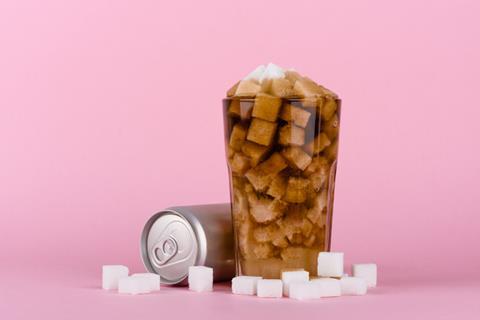
3. 60% of UK adults are concerned about sugar, sweeteners and ingredients in fizzy drinks
With sugar content high on the radar of the public consumer, giving consumers healthier options is vital. YouGov research commissioned by Cawston Press highlights that 60% of Brits are concerned about the amount of sugar, sweeteners and ingredients in their carbonated drinks, while 63% would prefer if their drinks were made with more natural ingredients.
The brand plays to its strengths with its ‘No Jiggery Pokery’ promise, highlighting its products’ simple ingredients and no hidden sweetener or added sugar.
Meanwhile, classic Pepsi has been reformulated classic to now have 57% less sugar, containing only 4.55 grams of sugar per 100ml.
In addition to a lower amount of sugar, the reformulated Pepsi is sweetened with a blend of acesulfame potassium and sucralose, with 56% fewer calories from added sugars.
PepsiCo states that over 90% of the colas it sells in the UK and Ireland are sugar-free.
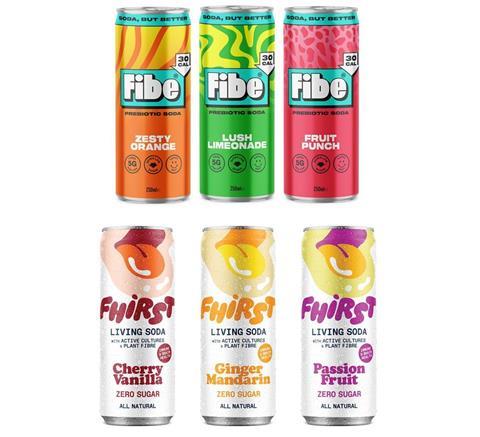
4. Gut health drinks are hitting the market
Another trend we are seeing within carbonated soft drinks is functional fizzies promoting gut health. Prebiotic soda range Fibe launched into the UK market last month, containing all natural ingredients, plus the added benefit of 5g of fibre to support digestive health.
Founder Freya Twigden said: “The aim is to create an accessible range that gives us the opportunity to bring classic soda drinkers into the functional category … but where drinks like CBD, adaptogens or kombucha might be too much of a stretch for taste or price. There is no Ginseng or Hibiscus here!”
Also targeting the gut health market is new Fhirst Living Soda, which claims to be the first all-natural, zero-sugar beverage combining gut-friendly probiotics and prebiotics.
The “guilt-free soda” promotes gut, immune and brain health, with each serving delivering 2 billion live cultures, micro-encapsulated for stability and allowing controlled release in the gut.
Founder Steve Van Middelem says: “The global pandemic encouraged us all to think again about our immunity. 70% of our immune system lies in our gut, and gut health has been linked to the health of many other organs, including the heart and the brain. This has created huge demand for pro- and prebiotic products.”
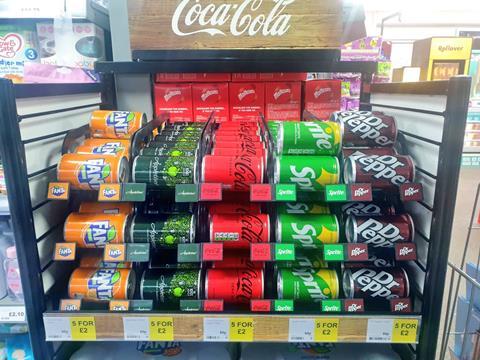
5. Small cans could be a winner
Indeed, it’s not just flavours and ingredients that are changing. So too are the packaging formats that convenience retailers are shifting their soft drinks in.
Smaller formats can be big business for innovative operators. “We have installed the new Coca-Cola Flexirack as a permanent in-store stand,” says Aman.
“It allows us to offer a pick n mix of 150ml cans of Dr Pepper, Fanta, Sprite, Coke Zero Sugar and Appletiser for 60p each of five for £2. Parents seem to like treating their kids with them and the schools have accepted them going into lunchboxes, which they fit into perfectly. Many customers have commented on how it makes them feel nostalgic and reminds them of Woolworths.”
Britvic observes that smaller pack sizes will appeal to some consumers looking to make savings. Parker says: “As shoppers navigate the cost-of-living crisis, shopping habits will continue to change. Consumers are looking to make their money stretch as far as possible for them and as part of this, we expect to see smaller transactions and smaller pack sizes come into play.”
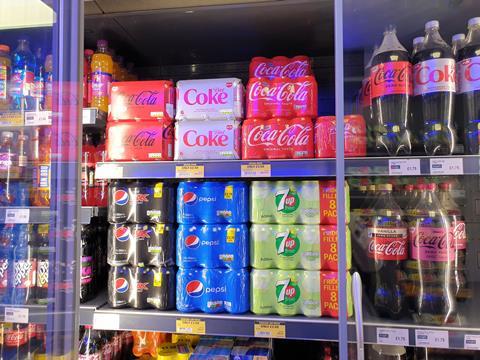
6. Soft drink multipacks offer value in tough times
With rising costs making consumers more careful with their cash, multipacks can also be a good way to offer value for money.
“During the pandemic multipack sales just exploded,” says Aman.
“Demand hasn’t stopped. We are still selling larger multipacks of 18 or 24 cans of Pepsi Max, Pepsi Max Cherry and Coke Zero but three years ago we didn’t sell these. I think it’s because prices are rising across the board, and multipacks are a much better value proposition. We’re selling larger packs of everything, from soft drinks to detergent.”
There are a few factors at play here. Higher fuel prices, for example, are causing more shoppers to think twice about driving to larger stores, with many stocking up more often in local, grocery-led convenience stores (Lumina Intelligence July 2022).
“As inflation is set to continue, it’s important retailers offer choice to shoppers who will all be impacted differently,” adds Parker at Britvic. “There’s no one size fits all solution. This should include a range of on-the-go options, in addition to multipacks and larger bottles, as well as price-marked packs (PMPs) as people will continue to look for value for money.”
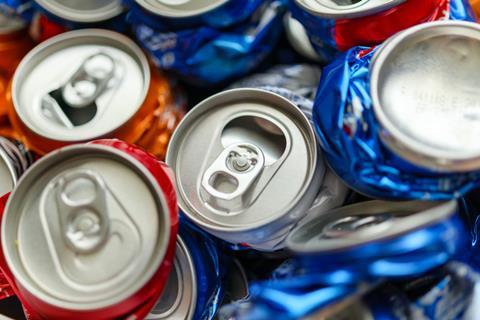
7. Deposit Return Schemes could stifle multipack sales
Demand for multipacks might dip in Scotland in August this year and in England, Wales and Northern Ireland in October 2025, however. These are the points at which Deposit Return Schemes (DRS) are set to begin in the respective devolved nations.
“The DRS proposals will have a profound effect on the way we sell soft drinks with a 20p levy being applied on top of each individual product, which is redeemable when the packaging is recycled,” says Aman.
“This will add £4.80 to a multipack of 24 cans which I think will make promotions on larger multipacks unviable, even though shoppers will be able to get that money back. I think shoppers will be discouraged by the cost of multipacks but not on singles. Nevertheless, I think the sustainability argument still outweighs this.”
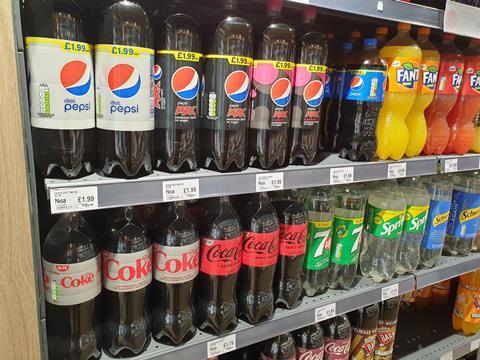
8. Sales of price-marked packs are growing in convenience
Price marked packs continue to play a strong role within soft drinks, offering the reassurance of value to shoppers which in turn creates confidence in local retailers and how they price their products, states Britvic. “Currently, 66.9% of sales in the convenience channel now go through as PMP, an increase from 66.0% in 2021 [IRI],” says Parker.
“This year, we are looking to support retailers further with a number of measures, including with our price-marked range. Across our range the profit on return percentage (POR%) will be maintained so that as the price-marked packs increase in price, the cash margin grows.
“On a selection of our core price-marked pack lines, including our 500ml formats of Pepsi Max, we will look to increase the price-marked pack in line with inflationary pressures as well as the POR%, to create more shared margin and an even stronger translation to cash margin.”

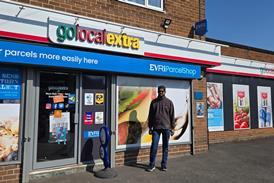


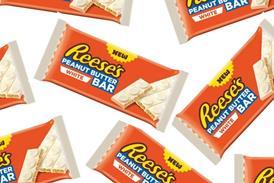
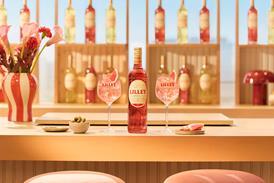
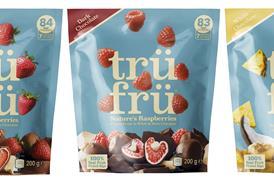
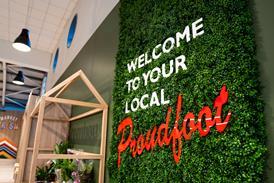
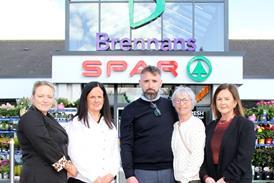
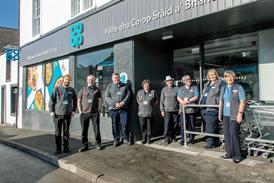

![WG-4003[58]](https://d2dyh47stel7w4.cloudfront.net/Pictures/274x183/4/5/1/353451_wg400358_6083.jpg)

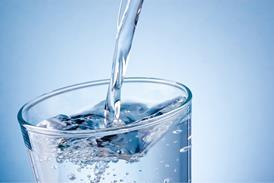
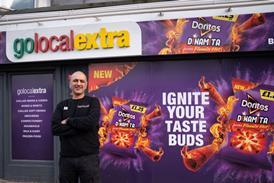

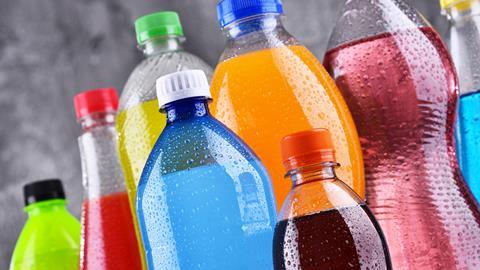
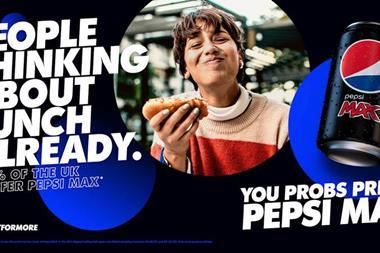
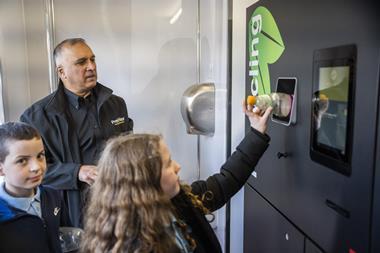
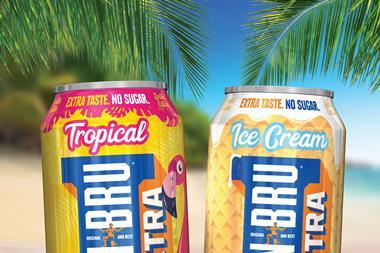
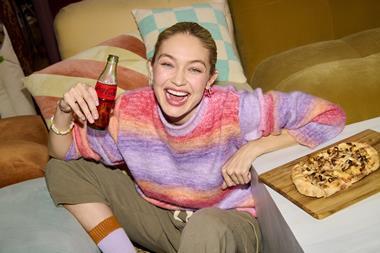
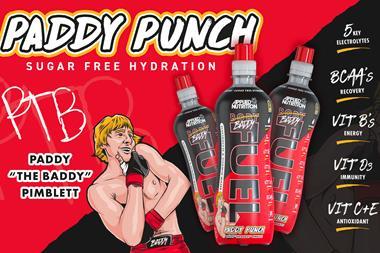
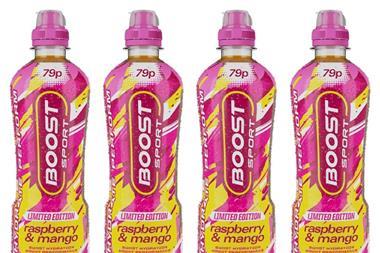

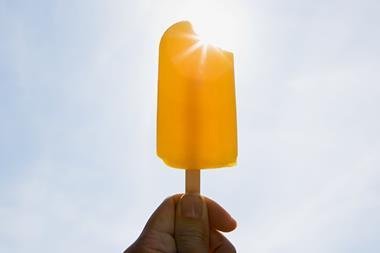
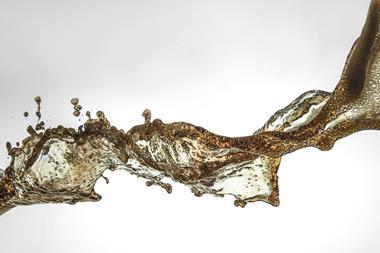
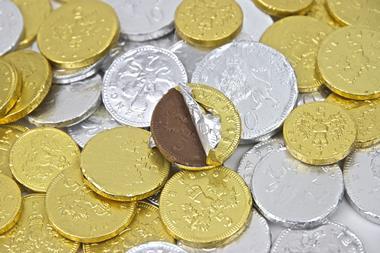
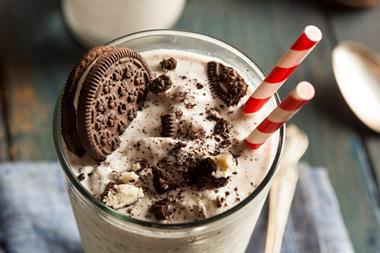

No comments yet